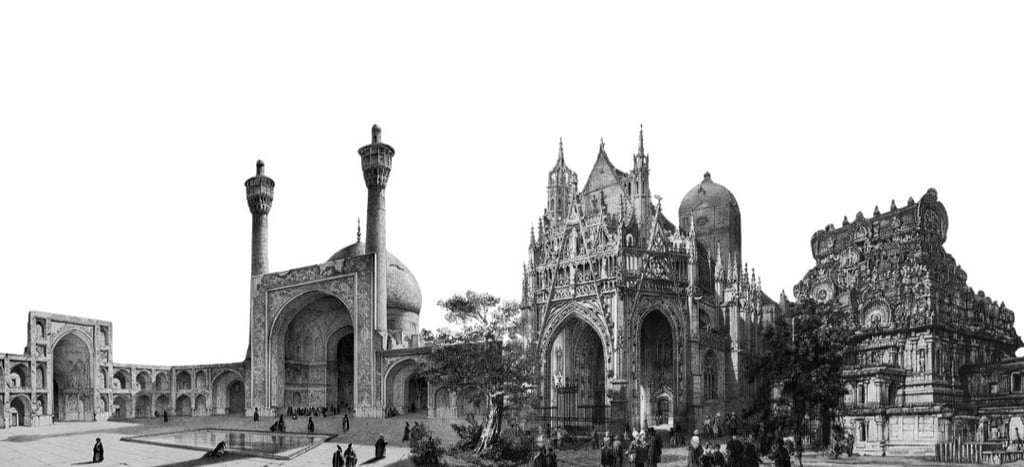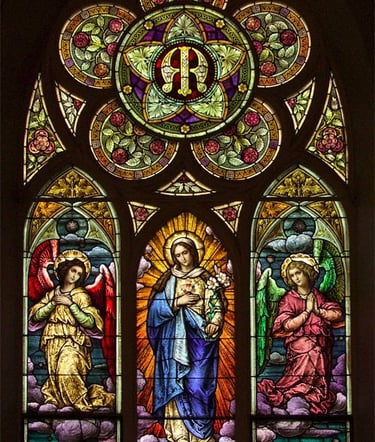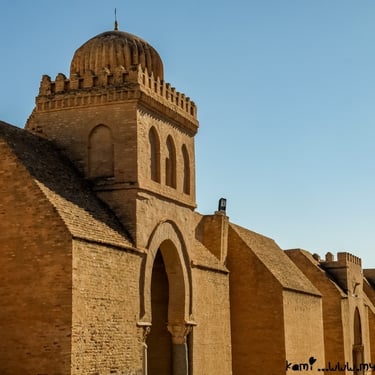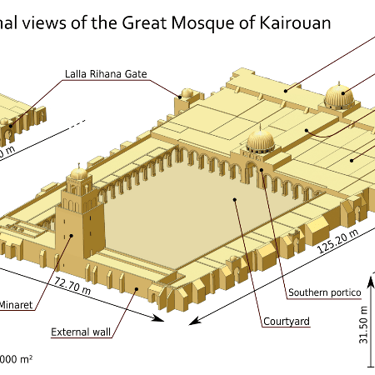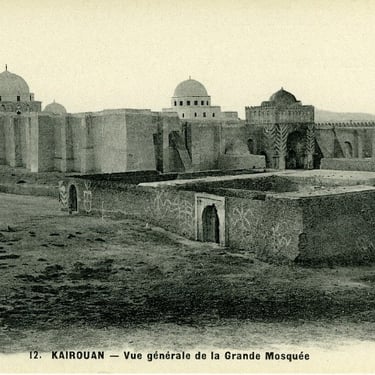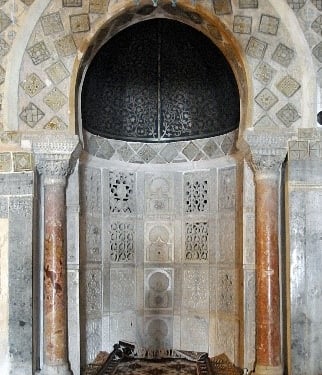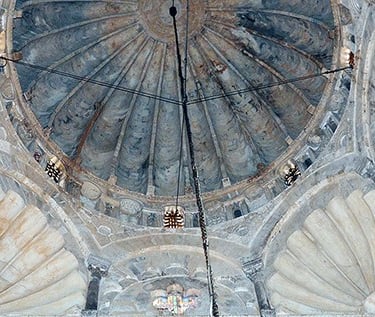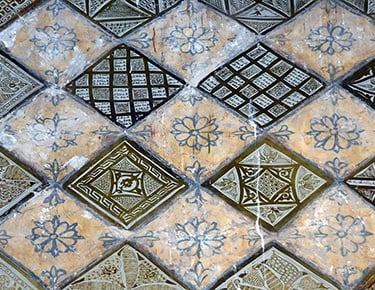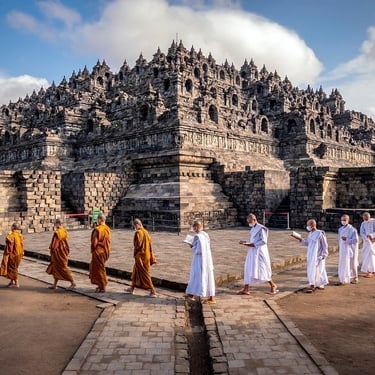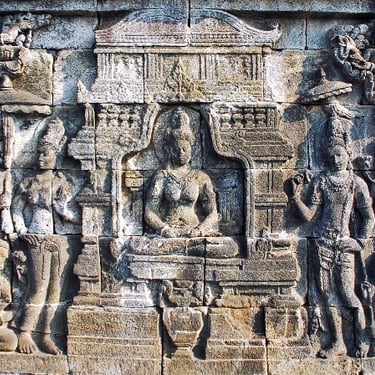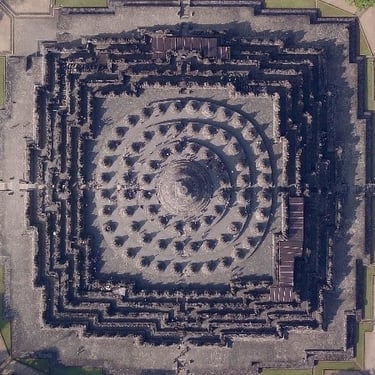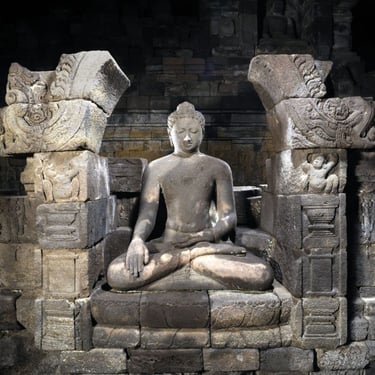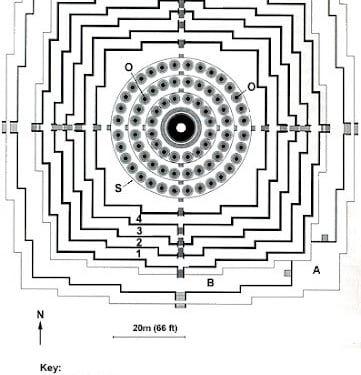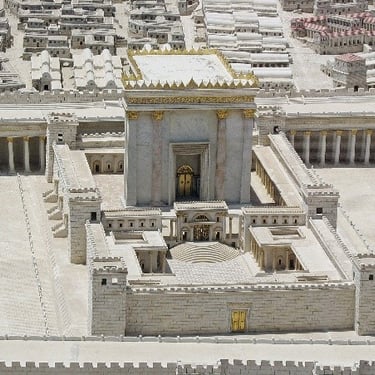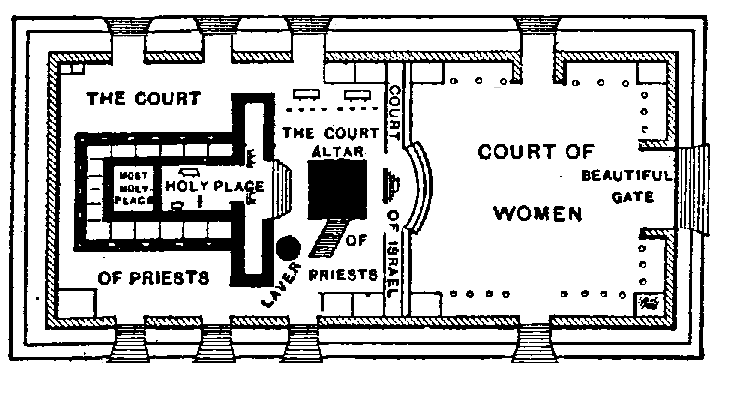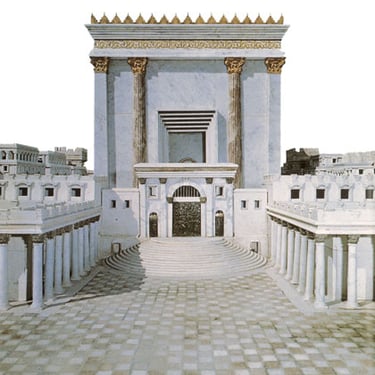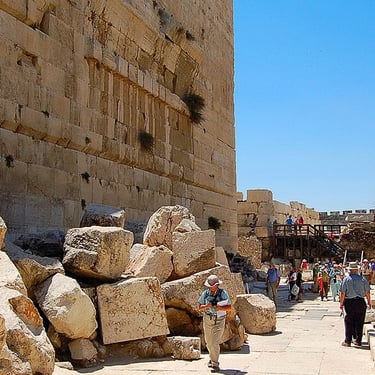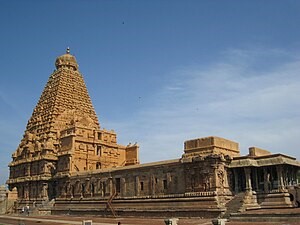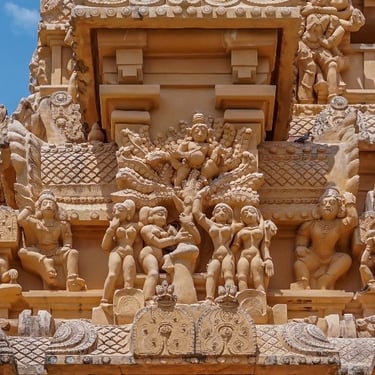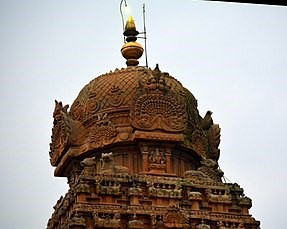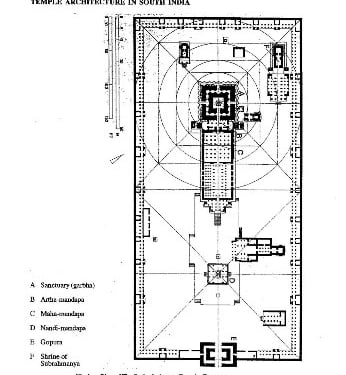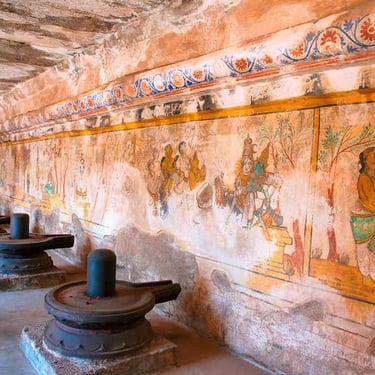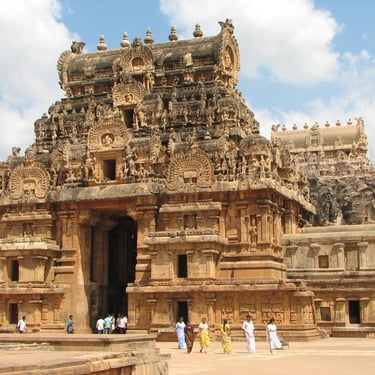Religious architecture is perhaps the most expressive and visible artistic manifestation. Many cultures that are historically significant revolved around religion, making the sacred buildings the most influential. Religious architecture serves both practical functions on one hand, as it controlled urban planning, technological advancements in construction, and architectural movements beyond religious context; and spiritual functions on the other hand, for it influenced tourism through pilgrimage, reflected cultural and theological ideologies, and served as a focal point for communities.
Religious architecture has had a big impact on the general architectural designs. For example, features common to various forms of architecture are domes, arches, and spires, which were first employed in religious structures like Gothic cathedrals and Byzantine churches. Later, Romantic and Modernist styles also aspired to elicit powerful emotional responses that were influenced by the dramatic verticality and light found in Gothic cathedrals, intended to create a spiritual experience. Both public and civic architectural spaces have been influenced by the layout of religious buildings. An example for this is the axis of a Hindu temple or the central nave of a church, which serves to focus attention and guide circulation. Modern architecture is nevertheless influenced by religious symbols and elements, as evidenced by movements like Art Deco and Gothic Revival.
Christianity
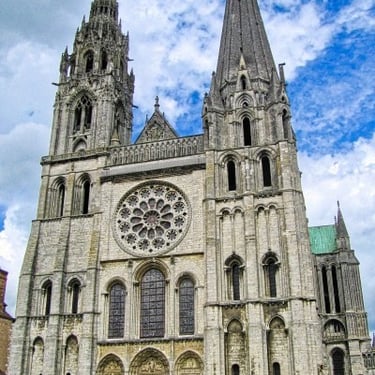
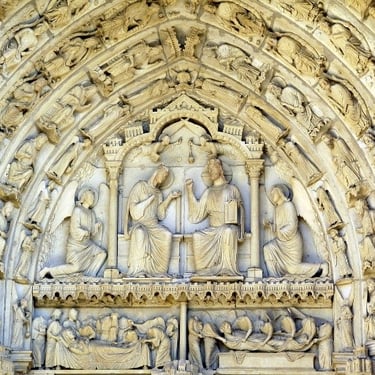
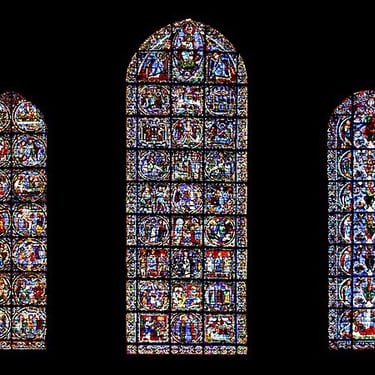
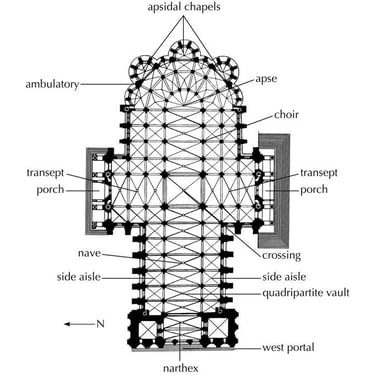

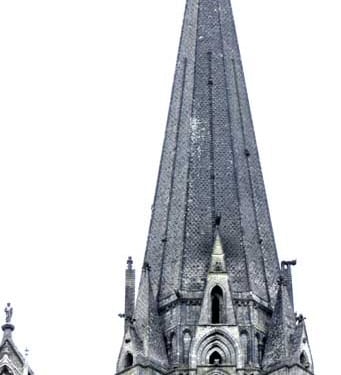
-Chartres Cathedral, France (12th-13th century)
This Gothic masterpiece uses soaring spires, intricate sculptures, and radiant stained glass to create a sense of divine light and heavenly aspiration. City plans in medieval Europe were greatly impacted by Christian religious architecture, they were often arranged around cathedrals such as Chartres, making the city's spiritual and civic significance.
Islam
-Great Mosque of Kairouan, Tunisia (670 CE)
This is one of the oldest mosques in the world. Its minaret and Mihrab (Prayer Niche) established architectural elements that became standard in mosques worldwide, symbolizing the call to prayer and direction to Mecca. The layout of many historical Islamic cities features a grand mosque at the heart of the community, The placement often reflects its importance as a place for communal prayers and gatherings.
Buddhism
-Borobudur, Java, Indonesia (8th-9th century CE)
This stepped pyramid with circular platforms represents the Buddhist cosmos and the journey to enlightenment, serving as a three-dimensional mandala. Temples were frequently situated in prominent locations like elevated ground, creating a heightened view from the city.
Judaism
Synagogues are oriented towards Jerusalem and the Torah scrolls are kept in an ark, or aron kodesh, which is positioned at an end of the entrance. Prayer halls are often arranged with separate areas for men and women in the center. The primary design feature is simplicity, avoiding representational imagery in favor of geometric patterns and symbolic elements like the Star of David. Natural light is a metaphor of the divine presence, and bimahs (raised platforms) are crucial for Torah reading.
-Second Temple, Jerusalem (516 BCE - 70 CE)
The focal point of ancient Jewish worship. Its design with the Holy of Holies emphasized the concept of divine presence and the covenant between God and the Jewish people.
Hinduism
Hindu temples typically align with the directions of the cosmos, the sanctum (Garbhagriha) at the center of the temple that symbolizes God’s place of residence. A central tower, called Shikhara, is frequently positioned above the sanctuary and the halls that surround it. Deities and religious tales are portrayed in detailed carvings and sculptures. The layout of the temple is intended to lead followers on a spiritual journey from the material to the heavenly, emphasizing worship and ritual.
-Brihadeeswarar Temple, Thanjavur Tamil Nadu, India (1010 CE)
A prime example of the magnificence and complexity of prehistoric Hindu temples, a masterwork of Chola architecture. Its imposing Vimana (shrine tower) and finely carved mandapas (pillared halls) established standards for South Indian temple construction. The temple’s complex design with its vast courtyard and surrounding buildings are intended to support group worship.

